Loving 2 Countries: Experience of a 1st Gen Kid
Growing up as a first-generation Indian immigrant in America was always very confusing. You feel like you have to pick either being Indian or American. Your parents and family push to hold onto their roots while society and your peers normalize the idea of being American. Nobody teaches you that you can be both.
So when the time came for me to pick which one I wanted to be, I picked Indian. I completely immersed myself in Indian film, music, history, and more. If I got to choose a topic for a school project, I would almost always try to connect it to an Indian theme. A project on Greece led me to explore Alexander the Great’s invasion of India. Discussing an author made me choose Rabindranath Tagore and the Indian national anthem. I decided from a young age that even if it meant not having many friends and not fitting in, I was Indian.
I remember vividly my obsession with Indian cinema. Bollywood became my refuge, a place where I could see people who looked like me and spoke my native language. I memorized dialogues, danced to the latest hits, and followed the careers of my favorite stars religiously. I started to fantasize about Bollywood and working in that industry.
However, as I transitioned to college, the challenges of my singular focus on Indian culture became apparent. I found myself out of sync with my peers, who were more attuned to American pop culture. I struggled to engage in conversations about the latest movies, TV shows, and music trends in the U.S. This gap in my cultural knowledge made me feel isolated, and I realized that my insistence on solely embracing my Indian identity had come at a cost.
My determination to be exclusively Indian also created a rift within my family. While they appreciated my dedication to our heritage, my intense focus sometimes made them worry that I was bordering on obsession. I surpassed even my parents in my quest for cultural knowledge, which led to a sense of disconnect. They pushed more for me to excel at school rather than in my cultural knowledge.
It was during this time that I began to understand the value of a dual identity. Being from both cultures made me who I am. I realized that I didn't have to choose between being Indian and American; I could be both. Embracing this duality allowed me to enjoy the best of both worlds. I could revel in the vibrance of Indian culture while also thriving in the independence and opportunities of the West.
I joined a fusion dance team in college, where we blended traditional Indian dance forms with contemporary styles. This experience was transformative, as it allowed me to celebrate my heritage while engaging with my peers in a shared passion. I made friends who appreciated my unique background, and I learned to navigate the complexities of a multicultural identity.
My newfound balance extended to my social life. I could enjoy Bollywood music with my family and friends and also hit the dance floor at American parties. I started following American pop culture, watching popular TV shows and movies, and staying updated on current affairs. This integration enriched my life and broadened my perspective.
This realization that I can balance both sides of my identity has given me a sense of belonging while still holding onto the idea that a young Rashi had; that she is special. I now understand that being an Indian-American is a unique gift, one that allows me to draw strength and inspiration from two rich cultures. Embracing both sides of my heritage has empowered me to be a more confident, well-rounded individual, capable of navigating the complexities of a multicultural world.
We are constantly looking for skilled writers and are open to publishing original pieces on our blogs, if you'd like to contribute email swati.chakraborty@kahanidigital.com.



